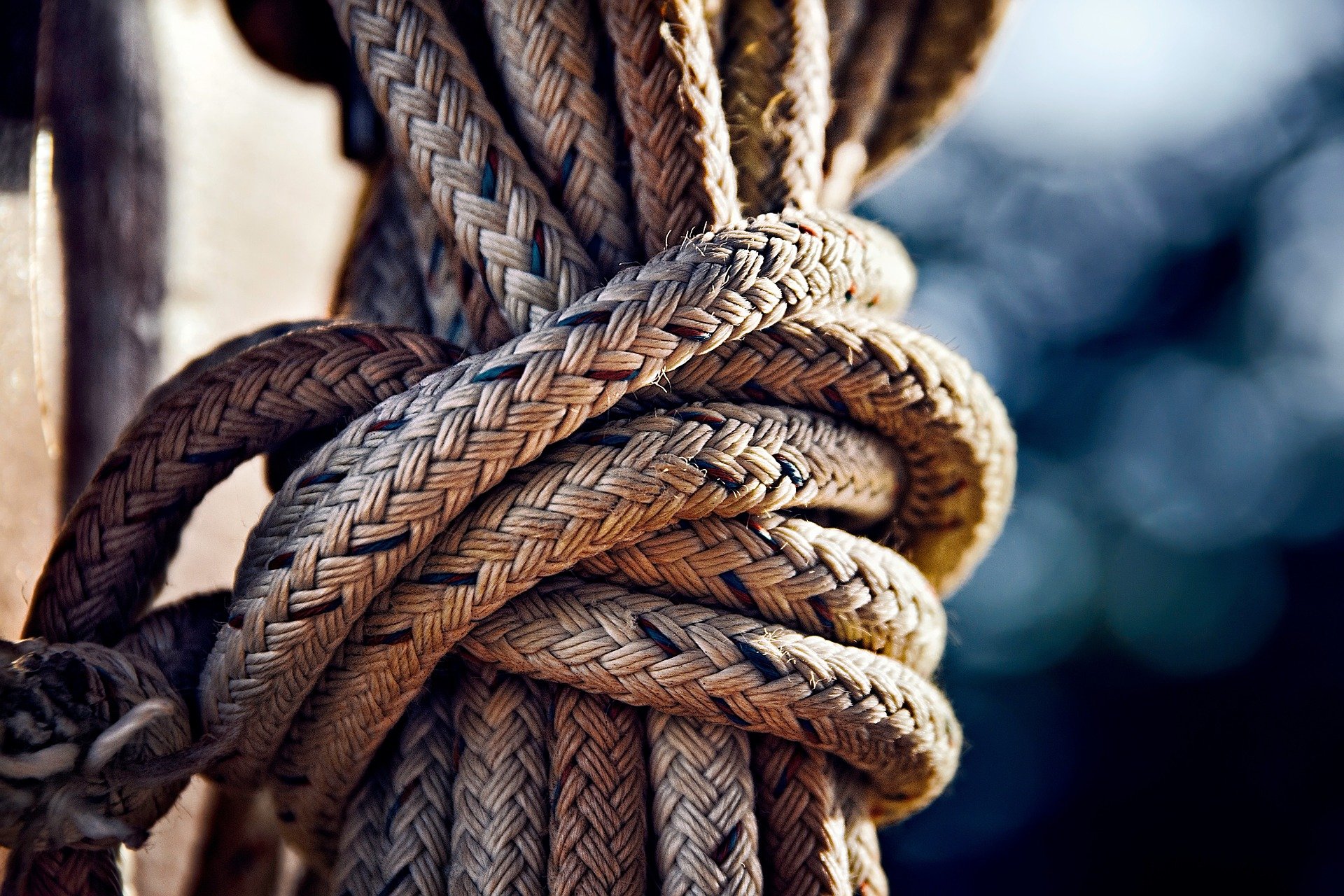Sculpture crafting in Spain
Country of the crafting: Spain
Region of the crafting: Castilla y Leon
Town of the crafting: Leon
Type of the crafting: Marble, stone and plaster
1. Geographic Area
Sculpture is a craft activity typical of Spain 2 sicles ago, specially in Madrid, Castilla Leon and Andalusia.Sculpture is the branch of the visual arts that operates in three dimensions. Sculpture has been central in religious devotion in many cultures, and until recent centuries large sculptures, too expensive for private individuals to create, were usually an expression of religion or politics. Those cultures whose sculptures have survived in quantities include the cultures of the ancient Mediterranean, India and China, as well as many in Central and South America and Africa.
2. Craft characteristics
It is one of the plastic arts. Durable sculptural processes originally used carving (the removal of material) and modelling (the addition of material, as clay), in stone, metal, ceramics, wood and other materials but, since Modernism, there has been an almost complete freedom of materials and process. A wide variety of materials may be worked by removal such as carving, assembled by welding or modelling, or molded or cast.
3. Technique
A basic distinction is between sculpture in the round, free-standing sculpture, such as statues, not attached (except possibly at the base) to any other surface, and the various types of relief, which are at least partly attached to a background surface. Relief is often classified by the degree of projection from the wall into low or basrelief, high relief, and sometimes an intermediate mid-relief. Sunk-relief is a technique restricted to ancient Egypt. Relief is the usual sculptural medium for large figure groups and narrative subjects, which are difficult to accomplish in the round, and is the typical technique used both for architectural sculpture, which is attached to buildings, and for small-scale sculpture decorating other objects, as in much pottery, metalwork and jewellery. Relief sculpture may also decorate steles, upright slabs, usually of stone, often also containing inscriptions.
4. Materials used
The materials used in sculpture are diverse, changing throughout history. the classic materials, with outstanding durability, are metal, especially bronze, stone and pottery, with wood, bone and antler less durable but cheaper options. Precious materials such as gold, silver, jade, and ivory are often used for small luxury works, and sometimes in larger ones, as in chryselephantine statues. More common and less expensive materials were used for sculpture for wider consumption, including hardwoods (such as oak, box/boxwood, and lime/linden); terracotta and other ceramics, wax (a very common material for models for casting, and receiving the impressions of cylinder seals and engraved gems), and cast metals such as pewter and zinc (spelter). But a vast number of other materials have been used as part of sculptures, in ethnographic and ancient works as much as modern ones. Sculptures are often painted, but commonly lose their paint to time, or restorers. Many different painting technique s have been used in making sculpture
5. History
The Western tradition of sculpture began in ancient Greece, and Greece is widely seen as producing great masterpieces in the classical period. During the Middle Ages, Gothic sculpture represented the agonies and passions of the Christian faith. the revival of classical models in the Renaissance produced famous sculptures such as Michelangelo’s David. Modernist sculpture moved away from traditional processes and the emphasis on the depiction of the human body, with the making of constructed sculpture, and the presentation of found objects as finished art works.
The term “sculpture” is often used mainly to describe large works, which are sometimes called monumental sculpture, meaning either or both of sculpture that is large, or that is attached to a building. But the term properly covers many types of small works in three dimensions using the same technique s, including coins and medals, hardstone carvings, a term for small carvings in stone that can take detailed work.








